Artificial intelligence in Public Relations
Overview
Implementing AI technologies into various Public Relations is like audience segmentation, content generation, trend spotting, and crisis response is referred to as AI in PR or Public Relations AI. The merger between PR and AI is not simply a buzzword; it is an innovative development that changes the way firms engage their audiences. In a survey conducted by McKinsey in 2024, it was discovered that 72% of organizations have integrated AI, demonstrating the widespread access and use AI technologies provide. Furthermore, Gartner estimates that by 2026, 80% of PR practitioners will be using AI, emphasizing the anticipated value this technology has in the industry.
AI offers unprecedented access to efficiency, insight, and even custom tailored communication strategies for public relations. While monotonous tasks and real-time data analysis are done by AI, PR practitioners can use these technologies to design new strategies, thus making PR campaigns effective and driven by results at the same time. This article discusses the role of PR AI, including the enhancement of operational efficiency and new frontiers in multifunctional crisis management, and explains how companies can gain a competitive advantage through AI.
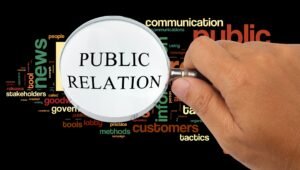
Reasons Why Companies Need Artificial Intelligence in Public Relations
AI is transforming public relations with tools and applications that are crucial to contemporary business. Some of the major reasons, with examples and statistics, include:
PR Organizational Efficiency
AI cuts down time spent on repetitive tasks like monitoring media outlets, distributing content, and social media updating, thereby enabling PRs to focus on strategic high-level thinking, building relations, and intelligence gathering. To illustrate, AI tools can monitor countless sources for brand mentions in real-time, something that cannot be done manually.
Improved Engagement with Clients
Real time insights into data provided by AI ensures audience behavior and preferences are catered to more effectively. The resultant communication strategies tend to be much more effective because responses are catered towards fueling engagement and conversion rates, for instance, AI aided personalization in campaigns and major audience segmentation.
Enhancements in Reputation Management
Multi-platform sentiment analysis is handled effectively using AI, enabling businesses to track and manage their reputation effortlessly. For instance, AI can flag negative sentiments very quickly so that PR teams can do something before it gets out of hand.
Optimizing AI Within Public Relations
AI Technology Benefits: Risk management using AI enhances efficiency and helps mitigate crises in real time. First, AI can analyze various data trends to anticipate crises on the horizon. Then, there are real-time tools that monitor and analyze information during a crisis to ensure it can be managed instantaneously (PRlab.co).
Cutting Costs and ROI
AI revolutionizes crisis management by predicting its occurrence with real-time analytics. Click-Through Rates (CTR), conversion, revenue, and other key performance indicators (KPI) can be analyzed to quantify the AI’s return on investment.
The best example of using AI visuals in delivering impactful PR content is Heinz “A.I. Ketchup” campaign that garnered 1.15 billion impressions (PRlab.co). While these examples underline the necessity for employing AI in business operations, they further stress the implications that AI is going to have on the future of public relations.
Placeholder Suggestion: An infographic titled “The Efficiency and AI in PR” with text: “Increased efficiency, engagement, and effective crisis management are some of the many benefits of AI in PR.”
Core Aspects of AI In Public Relations
The primary sectors modern PR practitioners need AI for are strategy and planning, custom solutions, and ethical use of AI. Each is supported with practical examples.
Strategic Planning and Implementation of AI Technologies in Public Relations
AI-Powered Campaign Management: AI analyzes historical and real-time data to predict future trends which helps PR departments design relevant and interest-piquing campaigns. For example, AI algorithms can track social media engagements and news articles to identify relevant topics and consumer sentiments so that campaign messaging and timing are coherent with the current trends.
AI Enhanced Media Relations: AI identifies information gaps in competitor’s PR strategies, social media movements, and press releases which help businesses to improve their strategies. By using these AI technologies, PR teams are able to measure their effectiveness and find new areas for competitiveness (PRlab.co).
Custom Implementations of AI Tools in Public Relations
Search Engine Optimized Content Creation: Tailored AI applications have the ability to create entire social media campaigns including press releases, and even promotional images and videos, for specific audiences. Such tools highlight the vast capabilities of AI in crafting content, such as Meltwater’s AI PR Assistant that generates SEO-optimized content (Meltwater).
PRophet uses generative AI to scale personalized pitching while maintaining high standards of quality, Media list creation using AI is becoming increasingly common; it provides flexibilities to personalize pitch emails which increases the likelihood of media placements because the content is tailored to the interests of the journalists. This allows tailoring to the specific or preferred style of individual journalists.
Implementation of AI in Public Relations and Its Ethical Responsibility
Avoiding AI Biases: AI algorithms should be constructed with neural networks to ensure they have access to appropriate resources within the public relations field. For example, an AI’s perception of audience sentiments may be much too optimistic because it could require human intervention to balance perceptions.
Protecting Privacy: Automating services through the use of AI technologies requires complying with data regulations such as the General Data Protection Regulations (GDPR) because personal data would be kept and used by the AI. Companies need to implement more protective AI systems guarding proprietary data (Meltwater).
Managing Human Resources: Almost all tasks traditionally performed at the workplace can be automated. However, empathy, creativity, ethical reasoning, and imagination still need human intervention. Nearly 40% of PR work is supported by AI, but as the Global Alliance pointed out, none of it is done autonomously (Global Alliance).
Chart Suggestion: Add a chart here showing AI adoption in Public Relations from 2024 to 2026, with a note: “Chart of AI adoption in PR, showing 72% in 2024 and projected 80% by 2026.”
Choosing the Right AI Technology for Public Relations
The selection of an AI partner could greatly alter the success of PR campaigns for businesses. Given this importance, companies ought to follow the checklist given below to help them find the best AI partner:
| Criteria | Description |
|---|---|
| Expertise | An ideal partner possesses the core competences in both AI and PR to offer effective services. |
| Scalability | Capabilities should assist the business whether it is an emerging or mature brand with small and large specialized campaigns. |
| Clarity of Explanation | There should be a clear outline of how the AI operates, especially in regard to the content and analysis provided. |
| Ethical Standards | Operating within set parameters such as data privacy and bias are fundamental. |
| Proven Track Record | Should provide case studies or references showcasing successful use of AI in PR. |
Evaluating these criteria will assist the businesses in finding a relevant AI partner that meets desired goals and corporate social responsibility. For example, a provider with media monitoring capabilities can enable businesses to use AI supported real-time reputation management (Cision).
Forthcoming Developments in Artificial Intelligence for Public Relations
The continued advancement of artificial intelligences comes with specific trends anticipated to impact public relations (also known as PR hereinafter), which can be beneficial to businesses:
Artificial Intelligence in Communication
Subsequent models of NLP will have increased capabilities of analyzing and creating complex messages, having relevant communication, thus enhancing audience message reception.
Deep Engagement Journalism
AI will augment the storytelling components of virtual and augmented reality, improving audience interaction and experience. AI-powered immersive content has great promise, quite like “Traveling While Black” today (PRlab.co).
Ethics in AI
Advanced automatic scanning tools that scour for ethical concerns in content and campaigns will become commonplace in the future, thus enabling PR personnel to maintain integrity at all times. For instance, Microsoft AI is actively audited for ethics, which will probably be more common practice (PRlab.co).
Other Technology Integration
AI being used alongside blockchain and other technologies will improve measures to secure and authenticate data, thus enhancing the trust placed in data used, especially in PR activities.
As with other areas in PR, new AI functions, ethical implications, and strategies for integration require learning. Understanding and incorporating these aspects means gaining mobility within the firm (Global Alliance).
Conclusion
When we talk about Artificial intelligence in Public Relations, it is not restricted to the automation of activities. It also includes the integration of AI tools into the business strategy at a different level. From harnessing AI tools, businesses stand to gain more in terms of efficiency, insights, and campaign impact. The findings indicate that AI is changing the face of PR already, with 72% of businesses reportedly using it in 2024 and 80% of PR practitioners intending to adopt it by 2026. However, issues of trust are raised due to ethical issues such as biases and data privacy that need to be solved.
To make the most of AI in PR, companies need to take advantage of partnering tools to achieve their strategic objectives while maintaining prescribed ethical boundaries. Your journey as an AI in PR starts now. Assess your requirements, partner with a trusted service provider, and transform your communication strategies.
Call-to-Action: Begin the process by getting in touch with a credible AI PR affiliate, or check the PR tools offered by Meltwater or Cision.
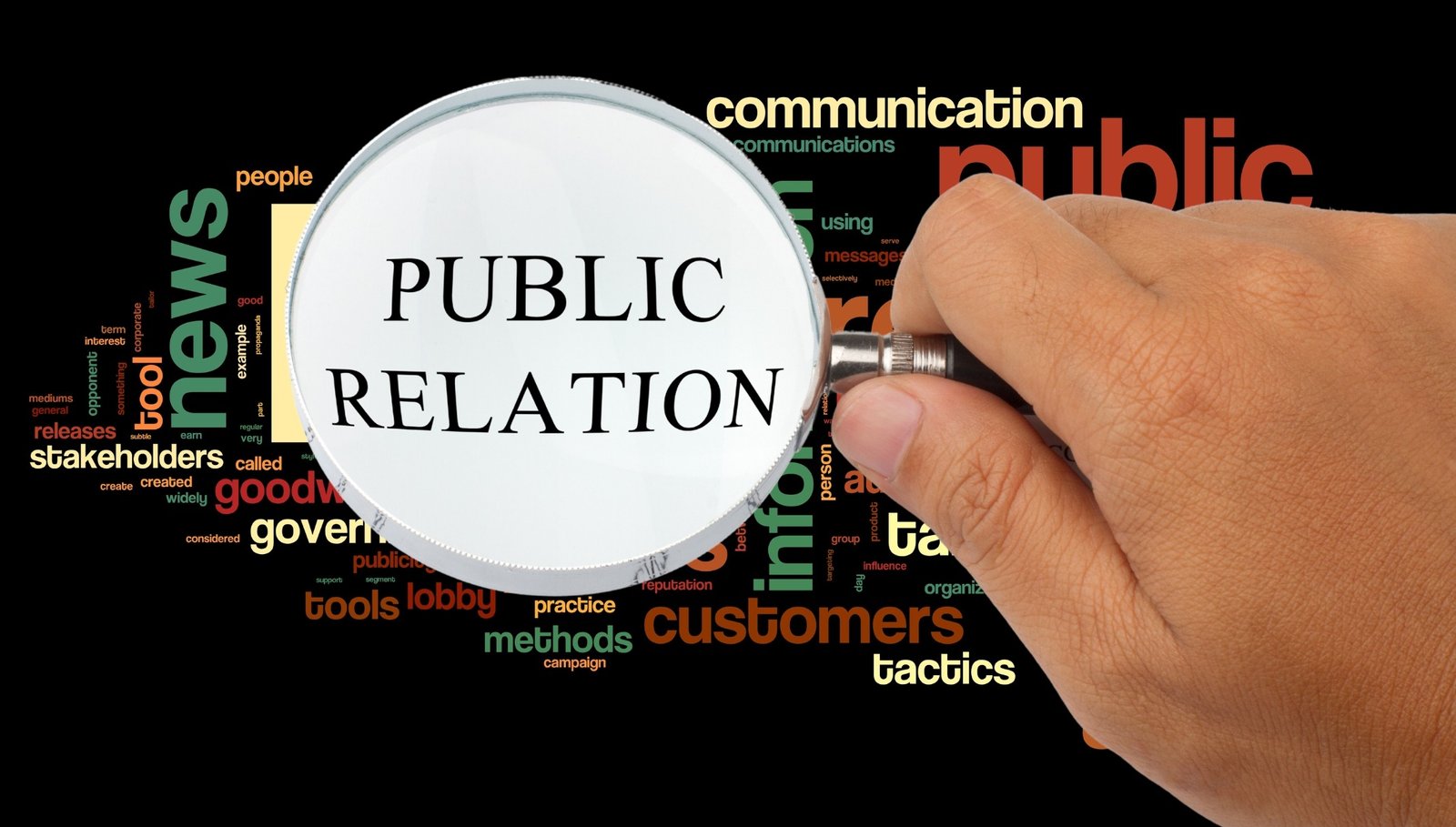

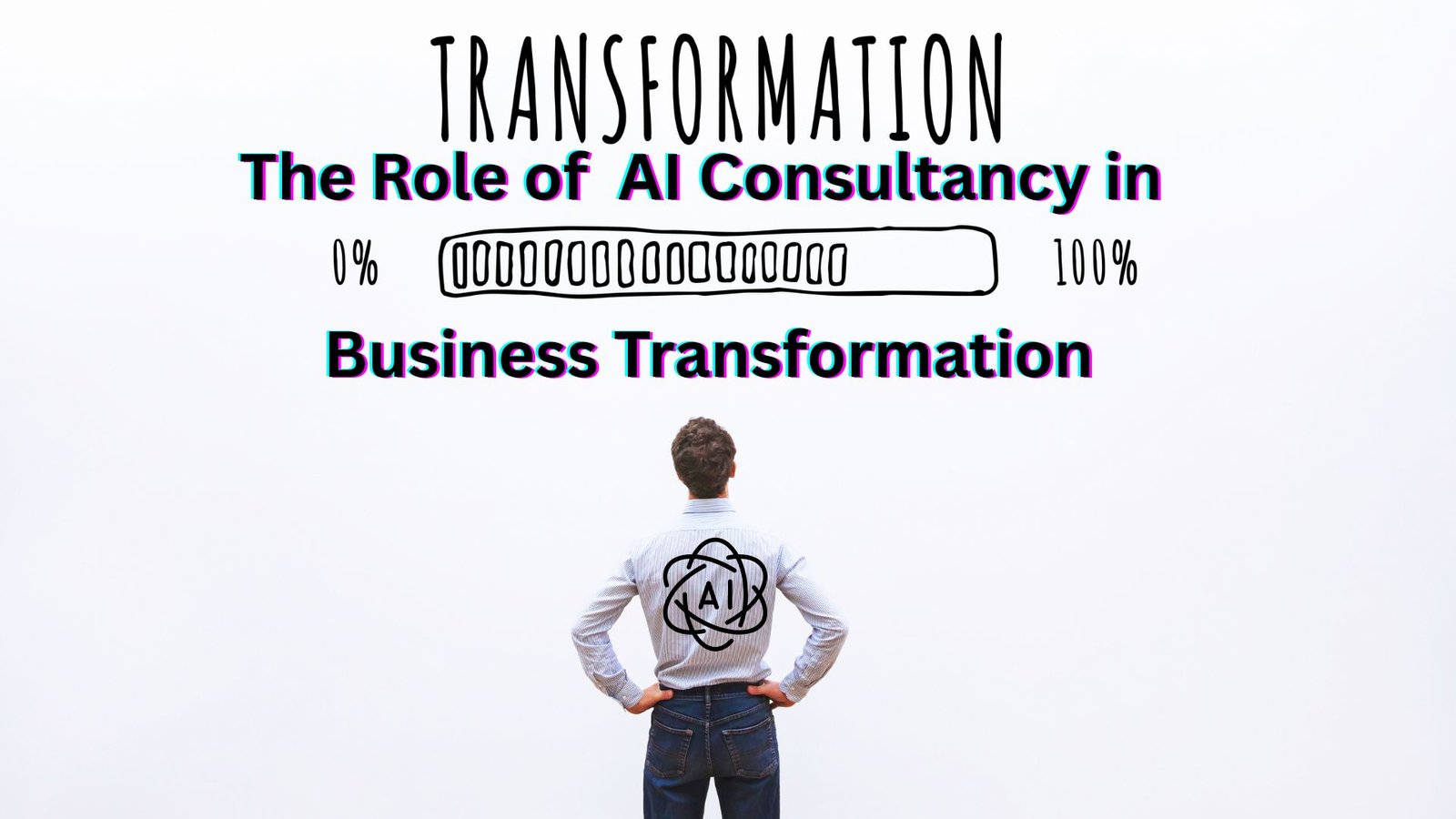
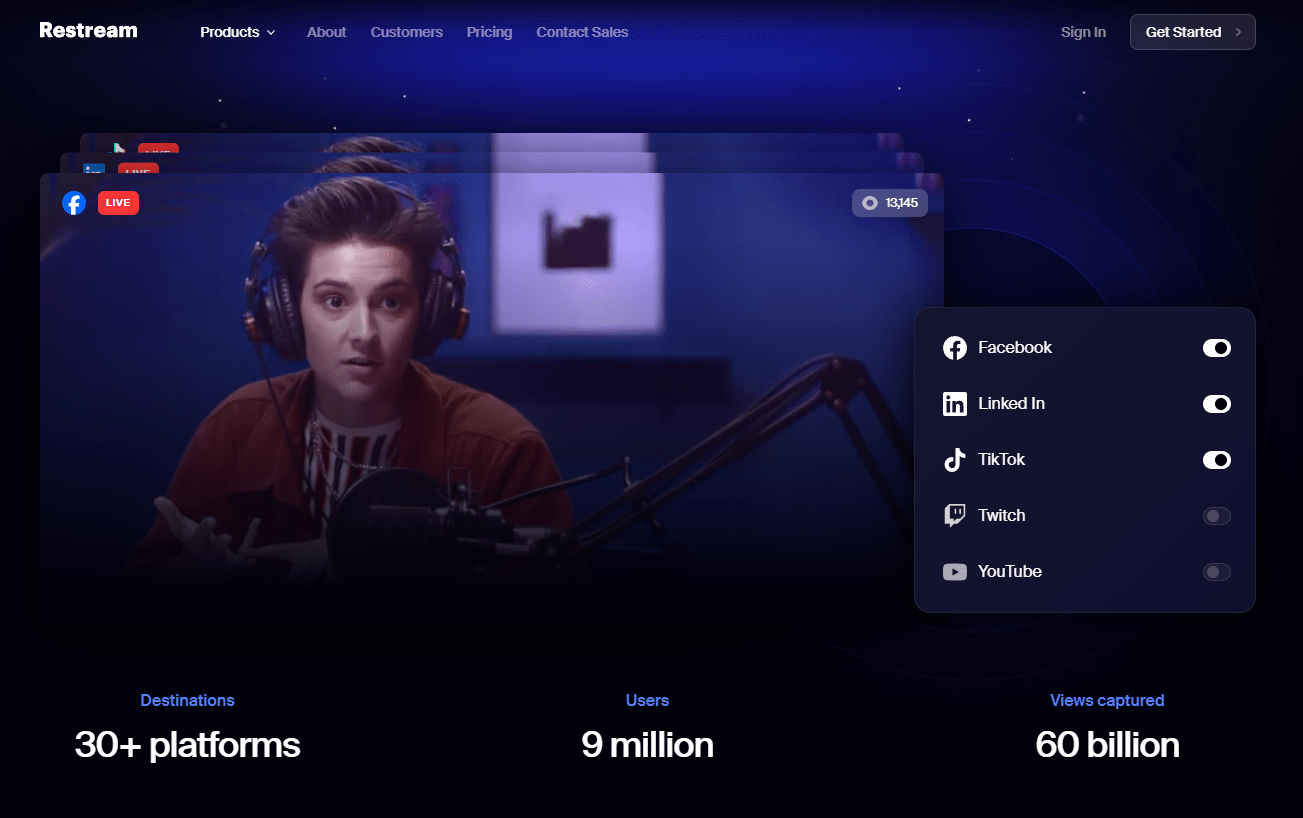
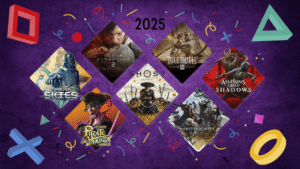


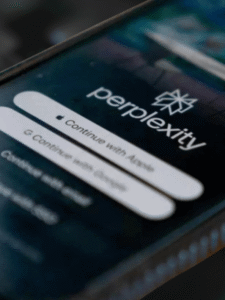






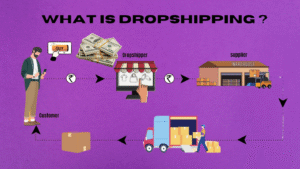

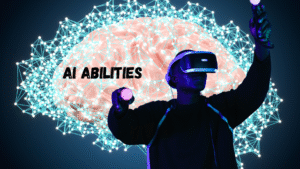


Post Comment